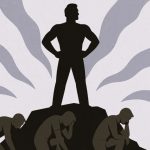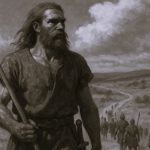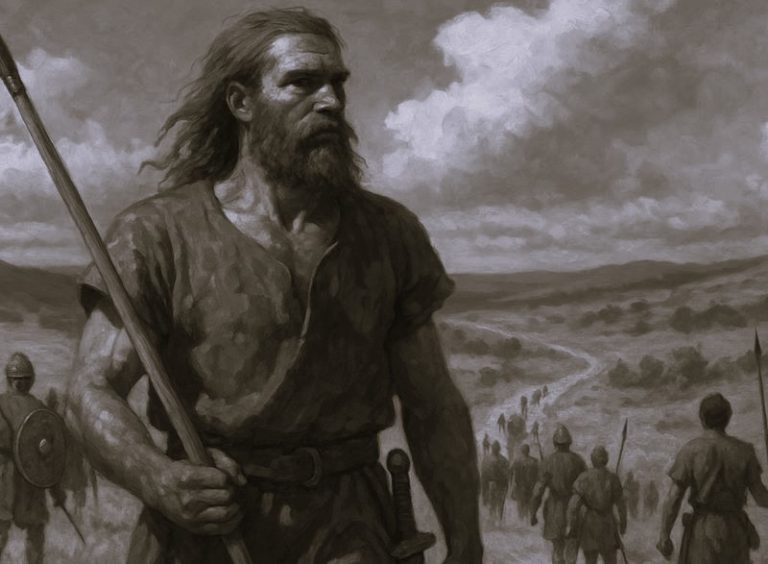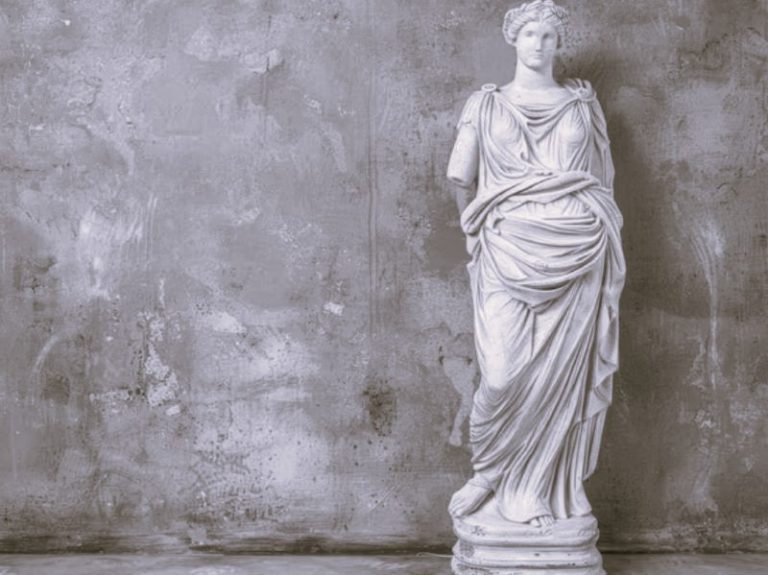

Where it is: The marker can be seen in North Haverhill, just east of Horse Meadows Cemetery. It’s on the west side of Route 10, about 1.7 miles south of the junction with Route 135.
When it was placed: Historic marker No. 104 was placed in 1975.
What the sign says: Born in Boston and a veteran of the 1758 Battle of Ticonderoga. As a known participant in the Boston Tea Party, for his own and his children’s safety, he walked to North Haverhill in early 1774. He later served in the Northern Army under Gen. Gates in 1777. He was a shoemaker by trade and practiced his vocation here for the rest of his life. He is buried nearby in Horse Meadow Cemetery.
The back story: A native of Boston, Ebenezer Mackintosh played a brief but notable role as a revolutionary leader in Boston in the years leading to the American Revolution. However, despite his claim to have taken part in the Boston Tea Party of 1773, there is no solid evidence of his participation.
What is known of him was that during the early 1760s, Mackintosh became a popular leader among the poor in Boston’s South End and was named head of the South End gang.
As its leader, Mackintosh played a key role in riots and other events related to the protest and eventual repeal of the Stamp Act in March 1766.
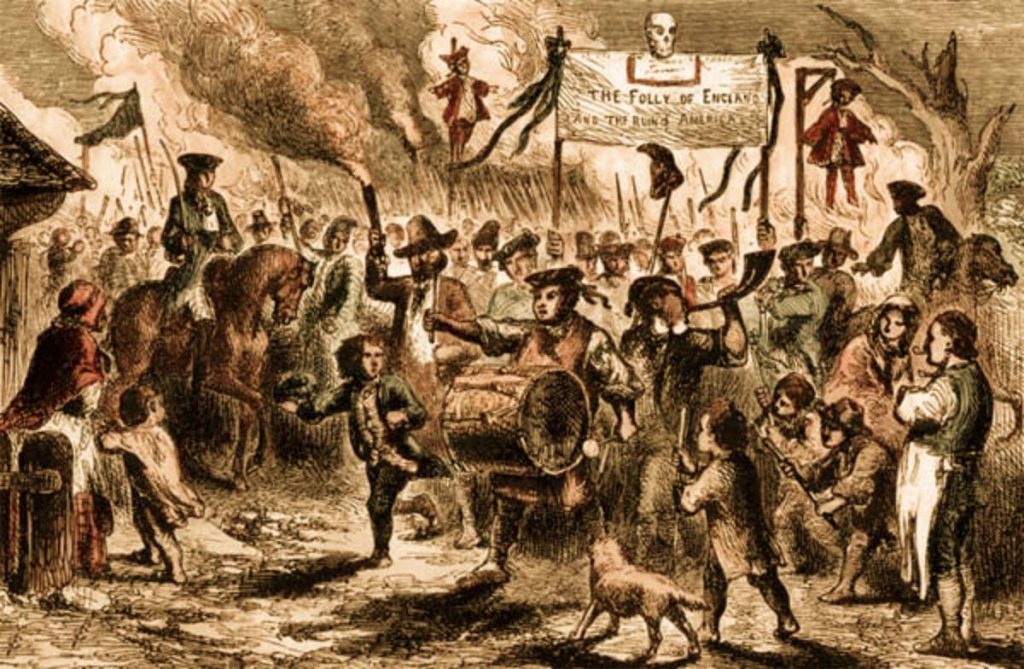
Because of his organizing abilities, Mackintosh came to the attention of the powerful Loyal Nine, a group of nine wealthy Boston businessmen who supported the break with England. That group, in consultation with emerging activist Samuel Adams, arranged the unification of the rival North and South End gangs, and appointed Mackintosh as the leader. It was his job to manage acts of defiance against England with the blessing of the Loyal Nine.
In August 1765, Mackintosh led a riot of more than 3,000 in protest of the Stamp Act. The crowd stormed the house of soon-to-be stamp distributor Andrew Oliver. They destroyed the house and an office he had built. Rioters used Oliver’s furniture for a bonfire and hung an effigy of him. Fearing for his life, Oliver resigned his post the following day.
Less than two weeks later, Mackintosh led a second riot that destroyed three houses, including that of Lt. Gov. Thomas Hutchinson, who was rumored to favor the Stamp Act. Hutchinson and his family managed to escape, but once gone, the rioters destroyed the house, tearing off its cupola, scattering papers and books, looting clothes, ripping down walls and trampling fences.
Unlike the riot two weeks before, Adams and the Loyal Nine were not pleased with what Mackintosh had done. Adams called it “a lawless attack upon property in a case where … there was remedy.”
Mackintosh was eventually arrested for his part in the second riot. Although the Loyal Nine distanced itself from him, support came from an unlikely source. Leading Whigs, fearing mob reprisal for his arrest, ordered Mackintosh released, but only if he swore peace would be maintained in Boston.
Andrew Eliot, a witness to the events, wrote in a letter to a friend in England: “The good people of Boston are very careful to distinguish between the 14th and the 26th of August. The attack on Secretary Oliver … it is supposed was under direction of some persons of character. It is certain, people in general were not displeased. The 26th of August was under a very different direction. It was a scene of riot, drunkenness, profaneness and robbery.”
Debate continues today as to whether Mackintosh went beyond the instructions of the Loyal Nine in the second riot, or if he was consumed by his own power and simply organized it himself without the knowledge or support of the Loyal Nine.
Mackintosh, who was now referred to by some as “General,” and who had taken to wearing a gold-laced uniform and carrying a rattan cane and a speaking trumpet, quickly lost the favor of the Loyal Nine. Although he apparently remained a gang leader, there is no record of his having played major roles in the protests of the late 1760s and 1770s.
He would eventually spend time in debtors’ prison, and by 1774, he had left Boston and settled in Haverhill where he died in 1816. He is buried in the Haverhill cemetery, mistakenly under the name of Philip McIntosh.
Originally published by the New Hampshire Union Leader, 01.24.2016, republished under fair use for educational, non-commercial purposes.

